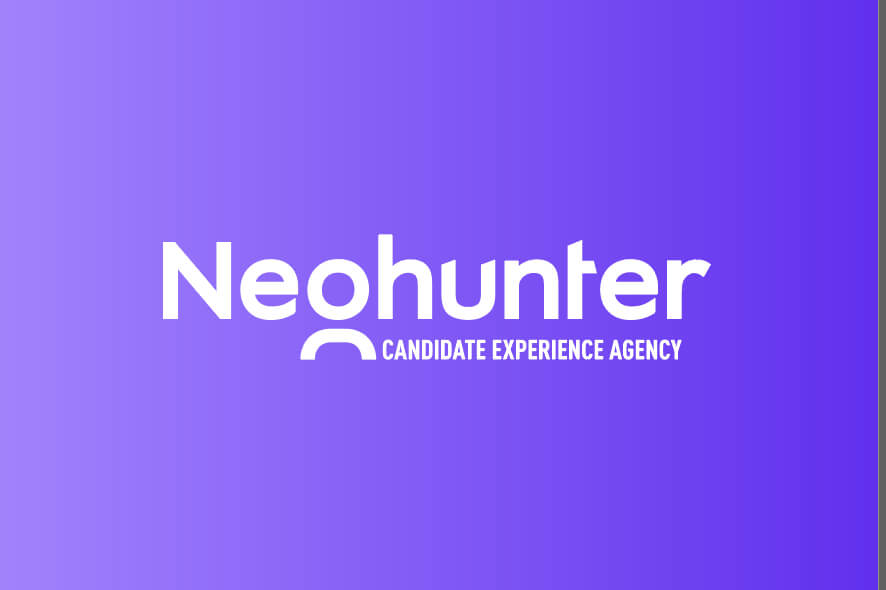
The Skills Gap: Will We Ever Close It?

The “skills gap in the workforce” reflects a growing disconnect, leaving stalled projects, unfilled roles, and frustrated teams in its wake. With 69% of HR leaders reporting skills gaps in their organizations, it’s clear this challenge is pervasive and growing.
As technology—especially in areas like artificial intelligence, automation, and data science—advances faster than education systems can adapt, the divide grows wider. Businesses are left scrambling to find talent that can keep up with evolving demands. The conversation has shifted from simply closing the gap to innovating and aligning with the future of work.
Understanding the Roots of the Skills Gap
To find real solutions, we need to understand the cause. Outdated training and education systems are frequently cited as a major contributor. Many institutions still rely on models that don’t align with today’s fast-changing job market. Meanwhile, the demand for advanced tech skills, such as AI development, cybersecurity, and data analytics, continues to surge.
The retiring workforce also plays a part. Experienced professionals take decades of institutional knowledge with them, creating gaps that are hard to fill. And with remote work now the norm, developing essential soft skills—like communication, collaboration, and adaptability—has become more challenging.
The outcome? Organizations are struggling to innovate. Employee morale suffers. Productivity and profitability decline. But there are ways forward.
A Glimmer of Hope: Skills-Based Hiring and Global Talent
There is hope—and it starts with bold strategies. One such strategy is skills-based hiring. By focusing on candidates’ proven abilities and future potential, companies can access untapped talent pools and boost workplace diversity.
Another is expanding recruitment globally. Countries like Colombia, Romania, and Chile are emerging as hotspots for high-demand skills. Embracing global talent acquisition allows businesses to scale quickly and cost-effectively while solving local talent shortages.
What Can Companies Do Today?
Here’s how organizations can take action now:
Implement skills-based hiring: Evaluate applicants based on what they can do—not just degrees or job titles.
Invest in upskilling and reskilling: Help your current employees evolve alongside technology through continuous learning.
Tap into global talent: Don’t limit hiring efforts to one region. Explore international markets to fill specialized roles faster.
Promote cross-generational mentorship: Capture institutional knowledge from retiring experts and pass it on to new talent.
At Neohunter, we bring this philosophy to life. Our Recruitment-as-a-Service model supports forward-thinking hiring strategies. We connect companies with the right talent—locally or globally—while helping teams stay agile, competitive, and future-ready.
Will the Skills Gap Ever Be Closed?
Not entirely—and that’s okay. The skills gap is a dynamic issue that changes with each innovation and economic shift. Rather than waiting for a perfect solution, companies should focus on building resilience.
By embracing modern recruitment, promoting continuous learning, and looking beyond traditional borders, we can turn today’s workforce challenges into tomorrow’s opportunities.





